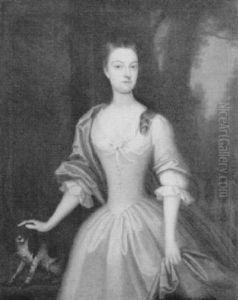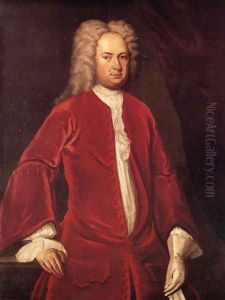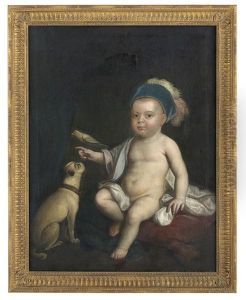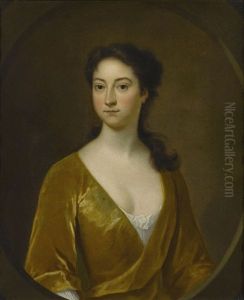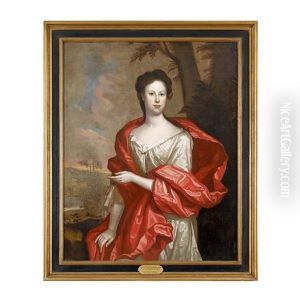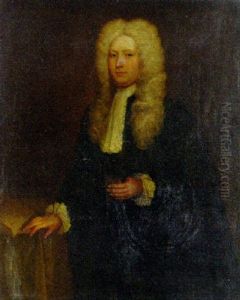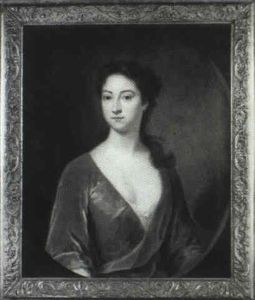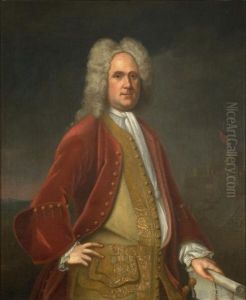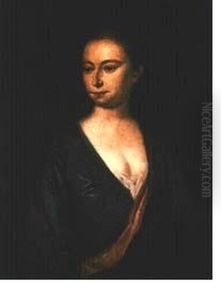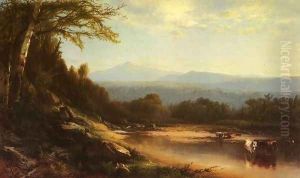Charles Bridges Paintings
Charles Bridges was an English painter, active during the late 17th and early 18th centuries. Known primarily for his work as a portraitist, Bridges was part of the significant movement of artists that contributed to the early development of British art, at a time when the country was still heavily influenced by continental European painting styles. Despite the prominence of portrait painting in his career, little detailed documentation of his life and work exists compared to more widely studied contemporaries. However, his contributions to the British art scene of his time are acknowledged by art historians and collectors alike. Born in 1672, Bridges worked at a time when Britain was experiencing significant social, political, and cultural shifts. The country was navigating the aftermath of the English Civil War, the Restoration of the monarchy, and the eventual establishment of a constitutional monarchy under William III and Mary II. These events created an environment in which art and culture were instrumental in defining national identity and aristocratic prestige. As a portrait painter, Bridges would have been deeply involved in this cultural shaping, providing an invaluable service to the elite of British society by immortalizing their status and power. Despite the scarcity of detailed records about his personal life or training, it is evident from the surviving works attributed to him that Bridges possessed a keen eye for detail and a strong grasp of the techniques that dominated English painting at the time. His style, while reflective of the baroque influences that were prevalent across Europe, also hints at the beginnings of a more distinctly British approach to portraiture that would come to full fruition in the works of later artists such as Sir Joshua Reynolds and Thomas Gainsborough. Charles Bridges died in 1747, leaving behind a body of work that, though not as extensively celebrated as that of some of his successors, remains an important part of the early development of British portrait painting. His contributions helped pave the way for the rich tradition of English art that followed, marking him as a significant figure in the history of British art.
